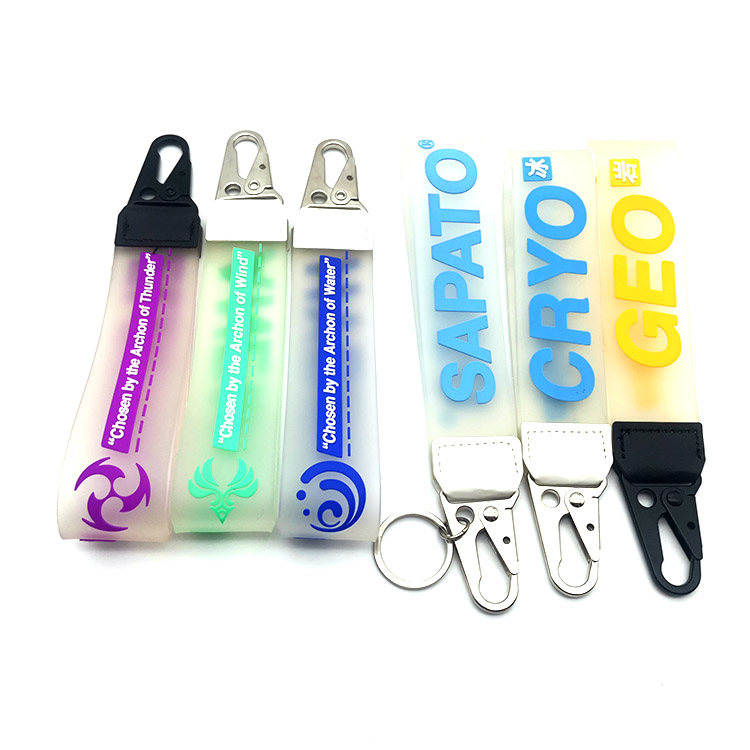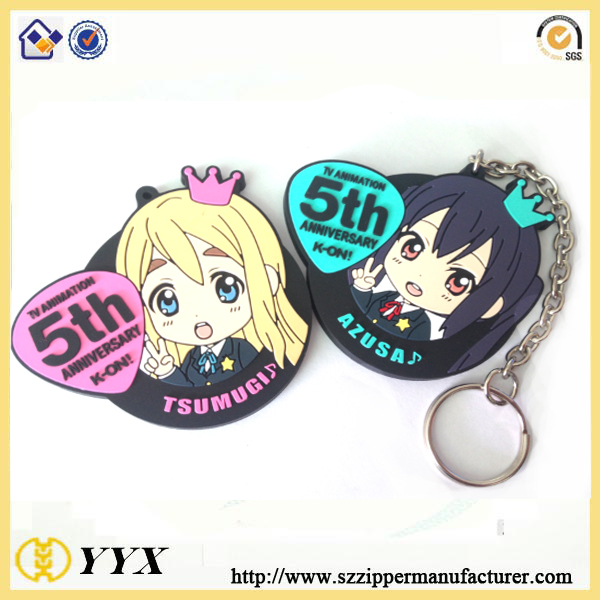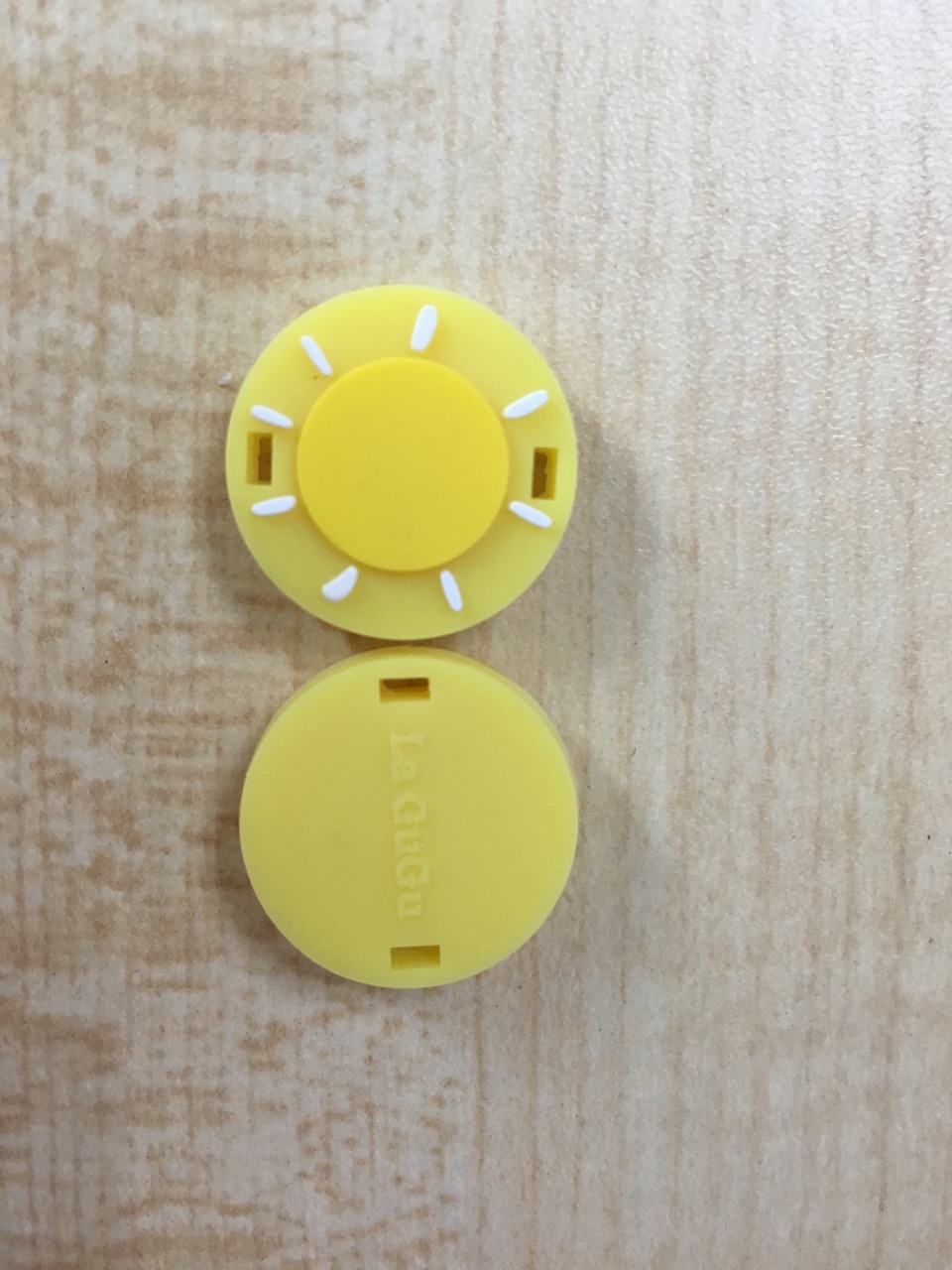There is a beer label always stuck in my memory. Many years ago on a business trip to Xinjiang, Wuhan took off via Xi'an, Lanzhou and Jiuquan, and arrived at Urumqi at 6:00 pm. Due to the time zone difference, I still have time to visit Wusu Beer to introduce the gravure metal effect label (MEC), a new printing process with metal texture and economical and environmental protection. When I was dining at the hotel, I decided to treat myself to a bottle of frozen Wusu beer. The long green glass was paired with the same color aluminum-coated paper. The black beer was shaped like a green beer flower at the foot of the Tianshan Mountain. Out of habit, I gently stroked the abdomen label with small drops of water, and found that the label was sliding up and down the bottle body. It turned out that the label had lost its adhesion. I reported this label to the purchasing manager in time. The analysis may be that the aluminum spray layer blocked the "breathing" of the standard glue. The moisture should not be volatilized to cause poor adhesion. The label is particularly easy to fall off in ice water environment. Soon, we were allowed to try the MEC label for Wusu beer, and the de-marking was resolved.
The label represents the brand, and off-labeling is a major defect in beer packaging. I was lucky to catch a business opportunity. But then when I quoted this case in other customer factories, I encountered the challenge of on-site craftsmen because they were more worried about the washability of labels when recycling bottles, packaging efficiency and cleaning costs were included in the bottle sticking program. It can be seen that the labeling process is not simple, the label is only the surface, and the glue is the core.
Wet glue
The back of the label is attached to the surface of the container, which is done on the labeling machine.
The cut single label (wet glue) is used for labeling. Wet glue is first applied to the surface of the rubber roller by the glue pump and transferred to the target board. When the target board rolls, the label is picked from the standard box. The label board with the label continues to move forward. The opening and closing label of the label peeling cylinder grips the side edge of the label to remove the label, and then turns to the container turntable to quickly and accurately press the container surface. After the labeling container rotates with the bearing table, the container is brushed and held flat.
The base materials of wet adhesive labels are aluminum foil, paper and film, which are printed by gravure printing, offset printing, flexo printing and mixed printing processes respectively. For aesthetic or labeling needs, embossing and pinhole processes are also common.
Aluminum foil labels are widely used in beer and wine bottle stickers. The thin foil labels after processing have good adhesion performance. Compared with paper, aluminum foil has no consideration of the direction of silk flow, but the external dimensions, punching quality and embossing depth It is closely related to the labeling efficiency. If the size deviation is too large, it will hinder high-speed labeling. The label will either be stuck in the label box or fall out from the label box; poor die-cutting quality will cause the label stack to stick, resulting in difficulty in labeling failure.
Paper is an active material. Paper labels are particularly sensitive to the temperature and humidity of the labeling environment. Keeping the flatness of the label can reduce flying labels, waste labels and overflowing glue. When labeling, too high or too low water absorption on the back will cause insufficient or too much glue to cause label slippage, peeling or wasted glue. The technical indicators for measuring the running ability of paper labels are: wet tensile strength, tearing degree, curling degree, reactivity (with water), water absorption on the back, washing time and alkali resistance, etc.
Film material wet glue labels have the absolute advantages of the above technical indicators, and can be used with traditional paper labeling machines. The biggest obstacle in the past was that the standard glue could not evaporate water under the strict plastic. After the labeling, bubbles and wrinkles formed on the surface of the container. The coated surface of the new OPP film has the performance of a paper surface. The water-based glue is used and the glue consumption is paper label 50%, and the adhesion and serviceability are no different from paper labels.
Casein gum is an aqueous glue made of milk casein and other natural raw materials. Its solid content is about 30% to 40%. It is non-toxic, tasteless, odorless, biodegradable, has a high initial viscosity, and has a fast curing speed. , Strong shear force, good ice water resistance and moisture resistance, especially suitable for high-speed labeling of beer, wine and dairy products in a condensing environment. Casein gum shares milk resources with food, and its price fluctuates and stays high is its weakness.
Starch glue derived from potatoes, wheat and corn is another kind of natural adhesive, with relatively low initial viscosity, temperature difference resistance, green environmental protection and other characteristics, especially suitable for labeling hot filling containers such as tea, juice, mineral water, etc. .
The solid content of synthetic rubber produced by mixing casein and resin is about 50% to 60%. It is slightly heated when used. It is suitable for the surface of PE, PET, PP and PS plastic containers and glazed metal containers. Recyclable PET bottles are used Synthetic rubber has the advantages of good adhesion and removable.
The components of the hot melt adhesive include thermoplastic raw materials, wax and resin, which melt at a processing temperature of 120 ° C to 170 ° C and have good initial tack and fast viscosity. Hot melt adhesive labeling is mostly used in irregular shapes such as barrels and polygons. On the container. [next]
Stickers (PSL)
Beverages (alcoholic beverages, soft drinks), food, medical and health care products, and personal care products are the traditional markets for wet glue labels, but stickers are rapidly penetrating into the high-end market. For example, beer crystal labels bring consumers a "no label" vision.
The self-adhesive is called pressure sensitive roll label (PSL), and the pre-coated glue automatically adheres to the surface of the container under the pressure. When the labeling machine sensor device sends the labeling instruction, the drive wheel drives the reel label to travel. When the self-adhesive bottom paper is close to the peeling plate and changes its direction, the label is passively detached from the front end due to its own stiffness and ready for labeling. At this time, the container travels on the conveyor belt, and the labeling wheel allows the label to be quickly and synchronously attached to the surface of the container. After labeling, the sensor sends a stop command, the drive wheel is stationary, and a labeling cycle is completed.
Self-adhesive labels are widely used in automotive, electronics, chemical and other fields as well as variable information and anti-counterfeiting functions. Polyethylene (PE) and polypropylene (PP) films account for 60%, and paper accounts for 40%. Self-adhesive labels have a very flexible printing method, convex printing, flexo printing, and screen printing are suitable for batch printing; thermal, thermal transfer, laser / inkjet, and even pin printing are used for small amounts of printing.
The technical indicators for measuring the running ability of the adhesive include surface material, release force, backing paper, initial viscosity, final viscosity, and shear strength. The adhesive of the self-adhesive label is the medium between the label material and the bonding substrate, and plays a role of connection. According to the characteristics, it can be divided into two types: permanent and removable. Therefore, there are many different types of adhesives suitable for different surface materials and environments. Adhesive is the core of self-adhesive labels. The main technical indicators include UV resistance, solvent resistance, cold flow ability, minimum labeling temperature, and application temperature range.
Unlike water-based adhesives, self-adhesive adhesives are mainly based on chemical adhesives, and the "adhesiveness" varies greatly. The following application knowledge should be grasped during the labeling process:
Permanence and Removability: Permanent is generally applied to electromechanical products, and removability is generally applied to food, beverages, personal care, etc., so that the container can be recycled and reused.
Container surface: Self-adhesive labels may be attached to surfaces of various materials, such as glass, metal, cardboard, plastic, etc. For plastic surfaces, glue and labels with the same or similar chemical composition should be used.
The surface structure of the label substrate: intuitively speaking, the rough label surface requires a glue with a strong viscosity.
The surface shape of the label substrate: the surface of the label substrate has a flat surface and a curved surface. If the surface of the label has a certain curvature, the surface of the medicine bottle with a diameter of less than three centimeters may require facial paper with good adaptability or strong viscosity. Glue.
Label surface cleanliness: self-adhesive materials are most suitable for label substrates with clean, dry, oil-free and dusty surfaces.
Rubber Keychain
it used widely for promotional gifts or adversting projects ,soft touching and customized logo development ,make it become more and more populer for many big brands companies choices
the more important is the cost is not high , but 2d or 3d designs can be developed whatever you like , fashionable colors are all welcome here.Such as custom Embroidery Keychain and 3d Pvc Keychain etc.
the material of rubber keychain will be PVC rubber material or silicone material , both are eco-friendly finish , expecially for silicone material , tasteless and environmental protection.
normally the mold-opening charge of rubber keychain will be cheaper than zinc alloy material ,you can choose one side or both sides embossed or debossed logo , silkscreen logo printing is also welcome here
see below real sample pics which we developed for other customers



Silicone material sample pic :

silicone label artwork :

Every one of my friend you are the best designer, just leave away the regular advertisement,pick up your painting brush ,design whatever you like ,whatever you think about
,balance things ,YYX will finish and show to you perfectly !
Welcome to visit our factory any time !

Rubber Keychains,Custom Rubber Keychain,Customized Rubber Keychain,Rubber Keychain Custom,Custom Keychain Rubber
Shenzhen Yiyixing Zipper Manufacture Co.,Ltd , https://www.yyxzip.com